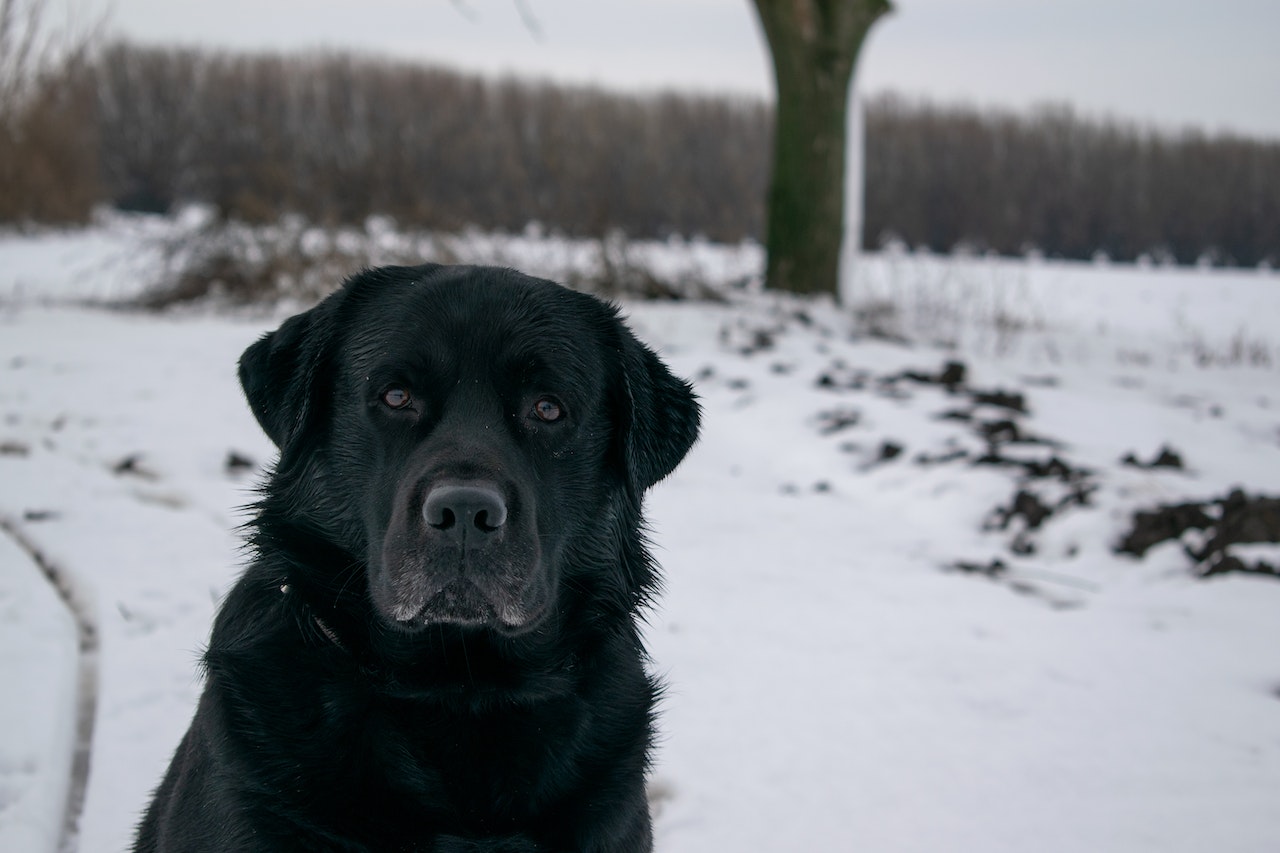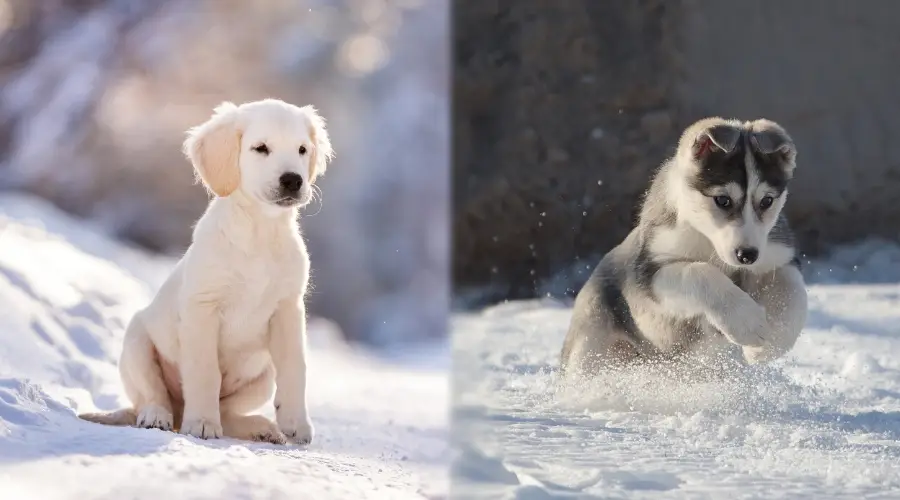
To ensure your dog’s safety and health, it is a good idea to take some precautions. A visit to the vet is the first step to ensuring your dog’s safety and health.
Proper grooming is essential for winter health. Your dog’s skin is not protected from the extreme cold by a matted, thick coat. Your dog should be outside a lot so that he can check his ears and paws for frostbite. To prevent ice buildup between your toes, it is important to keep the fur between your paw pads trimmed in winter.
Outdoor activities in cold weather
Although we humans might find being indoors more inviting than outside in the winter, our dogs need to be able to exercise regularly to avoid weight gain, stress, lethargy, and lack of energy. You need stimulation. If they aren’t getting enough exercise or don’t burn any energy, puppies can have behavioral problems such as whining and biting.
Outdoor fun can be made more exciting by switching backyard play for a trip into the park or exploring a nature trail. Your dog will be more excited if you take a different route, as it will expose him to new sights and smells. In the yard, you can create new play activities such as an obstacle course or show him new toys. It is important to keep your dog engaged during the cold months.
Food that is appropriate for your activity level and body type

Puppy and young dogs generally burn more calories so they require higher energy. To meet your energy requirements, eat a high-quality diet that is rich in fat and protein. Dogs older and less active require more energy so a diet tailored to their needs is essential.
Small dogs need more energy than larger dogs every day, pound for pound. Dogs have different food needs based on their age, activity level, and health.
No matter what size, breed, or age, dogs of all sizes will increase their calorie intake during the winter months. It is important to ensure your dog has regular exercise.
How to identify weather-related distress

Although “Jack Frost nipping your nose” sounds like a nice song, in reality, your dog is more vulnerable to adverse effects from cold weather than you are.
Many dogs have thick coats that keep them warm in the cold. However, there are some breeds with short hair, such as small dogs, puppies, and seniors, who may be able to benefit from a sweater or vest. A garment with water-repellant fabric should fit snugly but allow warm air to circulate between your body and the material.
Keep an eye out for signs that your dog may be suffering from winter’s chill. Visible signs include tremors, shrinking, and a tendency to raise their legs or try to enter again. It is a good rule of thumb to keep your pet warm if it is too cold.